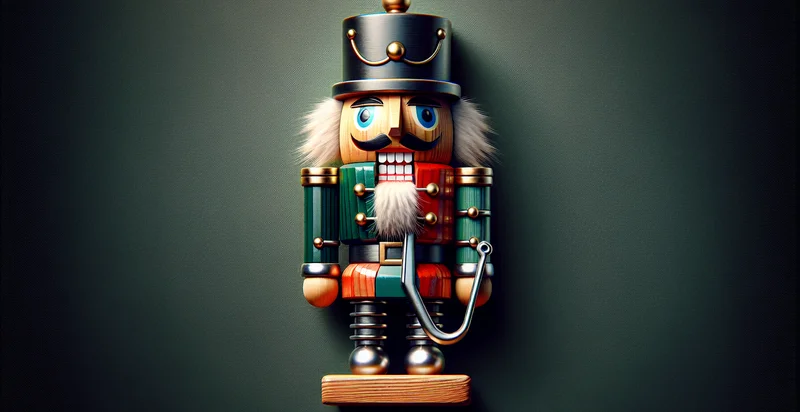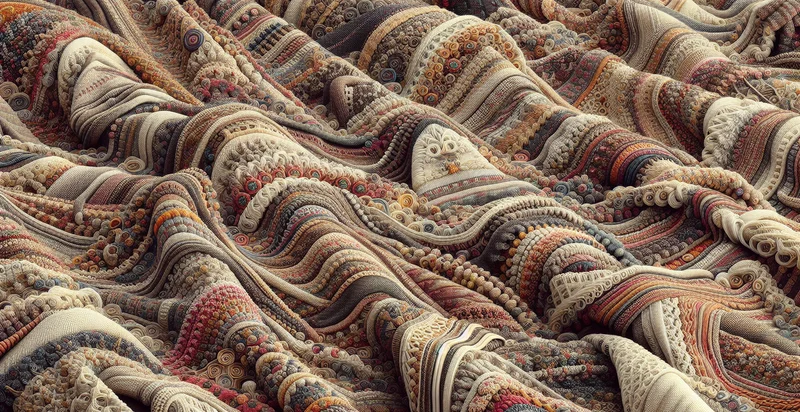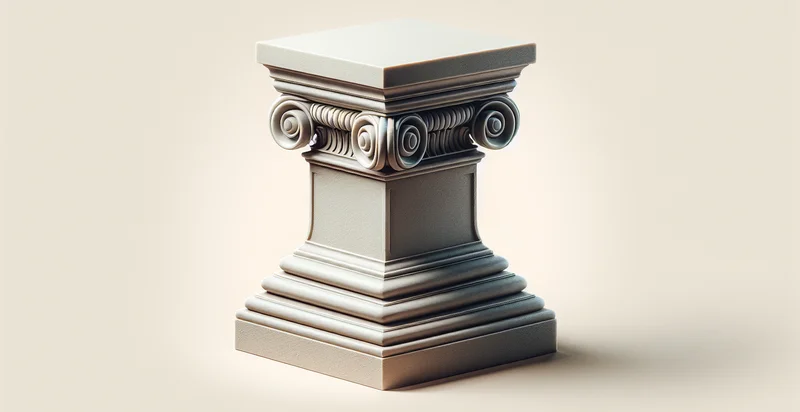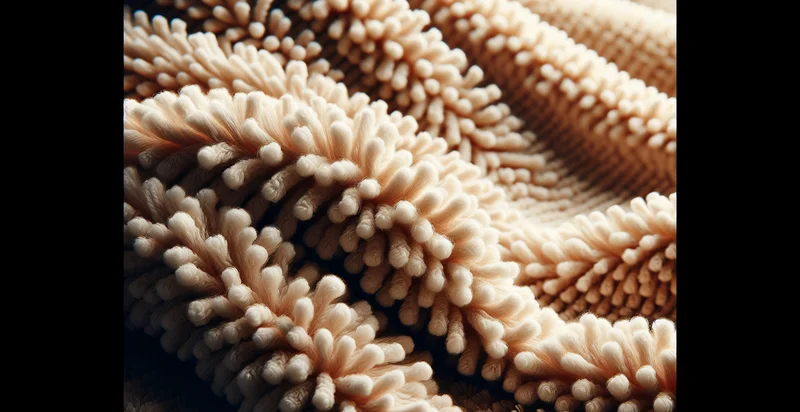Identify what material a nutcracker is made from
using AI
Below is a free classifier to identify what material a nutcracker is made from. Just upload your image, and our AI will predict what material a nutcracker is made from - in just seconds.

Contact us for API access
Or, use Nyckel to build highly-accurate custom classifiers in just minutes. No PhD required.
Get started
import nyckel
credentials = nyckel.Credentials("YOUR_CLIENT_ID", "YOUR_CLIENT_SECRET")
nyckel.invoke("what-material-a-nutcracker-is-made-from", "your_image_url", credentials)
fetch('https://www.nyckel.com/v1/functions/what-material-a-nutcracker-is-made-from/invoke', {
method: 'POST',
headers: {
'Authorization': 'Bearer ' + 'YOUR_BEARER_TOKEN',
'Content-Type': 'application/json',
},
body: JSON.stringify(
{"data": "your_image_url"}
)
})
.then(response => response.json())
.then(data => console.log(data));
curl -X POST \
-H "Content-Type: application/json" \
-H "Authorization: Bearer YOUR_BEARER_TOKEN" \
-d '{"data": "your_image_url"}' \
https://www.nyckel.com/v1/functions/what-material-a-nutcracker-is-made-from/invoke
How this classifier works
To start, upload your image. Our AI tool will then predict what material a nutcracker is made from.
This pretrained image model uses a Nyckel-created dataset and has 15 labels, including Acrylic, Aluminum, Bamboo, Bronze, Carbon Steel, Cast Iron, Ceramic, Composite, Glass and Metal.
We'll also show a confidence score (the higher the number, the more confident the AI model is around what material a nutcracker is made from).
Whether you're just curious or building what material a nutcracker is made from detection into your application, we hope our classifier proves helpful.
Related Classifiers
Need to identify what material a nutcracker is made from at scale?
Get API or Zapier access to this classifier for free. It's perfect for:
- Material Quality Assessment: This function can be utilized by quality control teams in manufacturing to verify the material used in nutcracker production. By classifying the materials, companies can ensure that only authorized or high-quality materials are used, reducing defect rates.
- E-commerce Product Verification: Online retailers can implement this function to automatically validate the material descriptions of nutcrackers listed on their platforms. This ensures that customers receive accurate information, leading to increased trust and customer satisfaction.
- Cultural Heritage Conservation: Museums and cultural institutions can use this function to identify the materials of historical nutcracker artifacts. By understanding the materials used, conservators can develop proper preservation techniques tailored to each item’s specific needs.
- Product Development Insights: Designers and product development teams can utilize this function to analyze the materials of competing nutcracker products on the market. This information can guide them in selecting innovative materials that enhance durability and aesthetic appeal.
- Sustainability Analysis: Companies focused on eco-friendly products can employ this function to evaluate the materials in nutcracker designs. This can help identify sustainable options and promote the development of environmentally friendly nutcrackers, aligning with consumer demand for green products.
- Supply Chain Transparency: Businesses can leverage this image classification function to verify and track the materials used in their nutcracker supply chains. This enhances transparency and allows brands to better communicate their sourcing practices and sustainability efforts to consumers.
- Consumer Education: Home improvement and kitchenware brands can use this function to develop educational content about the materials used in nutcrackers. Providing consumers with insights into material properties can help them make informed purchasing decisions based on their needs and preferences.


